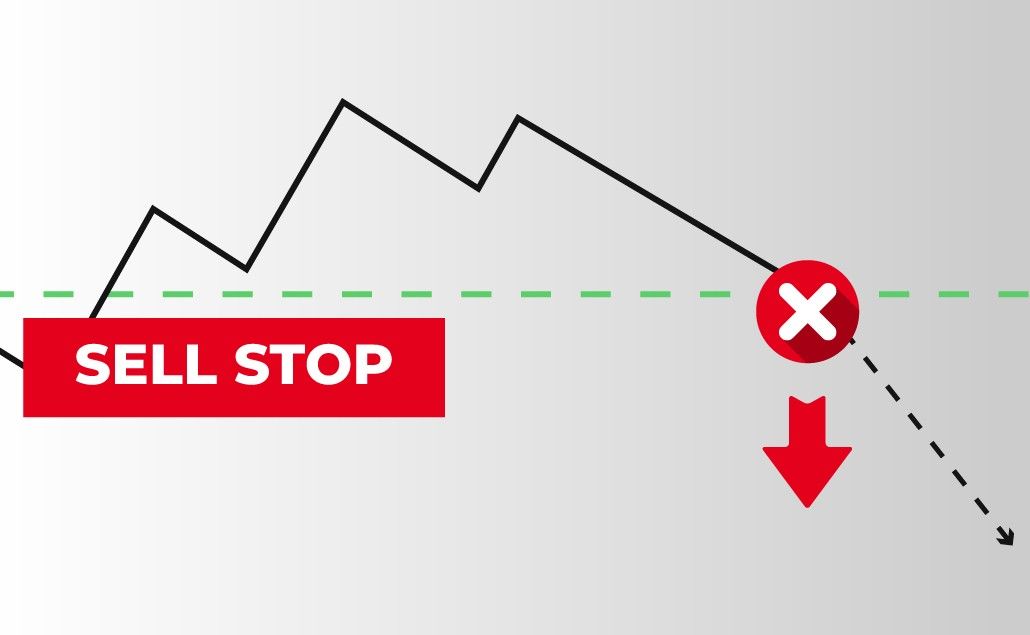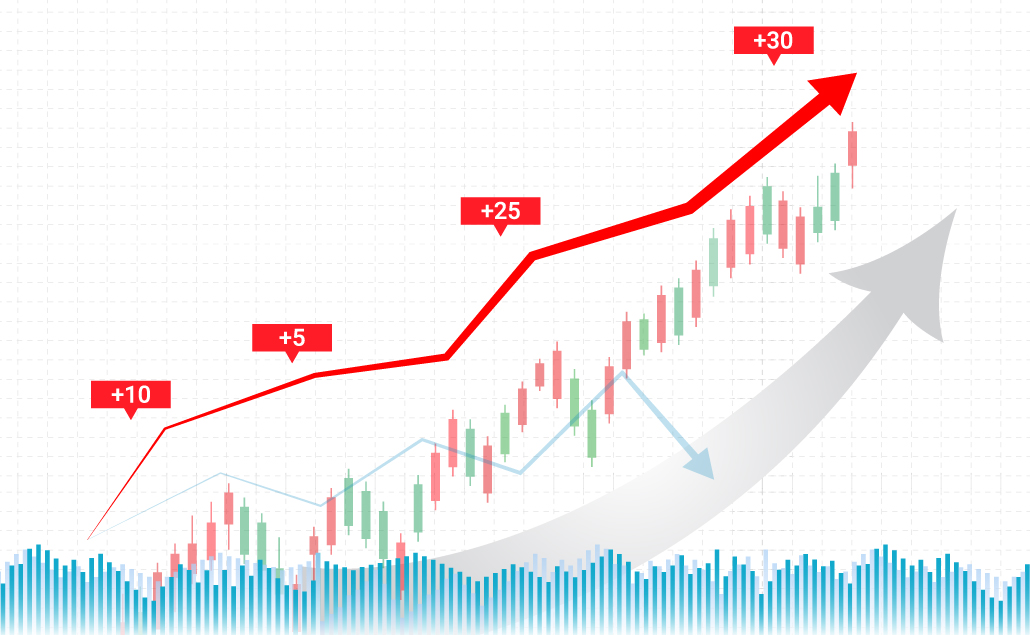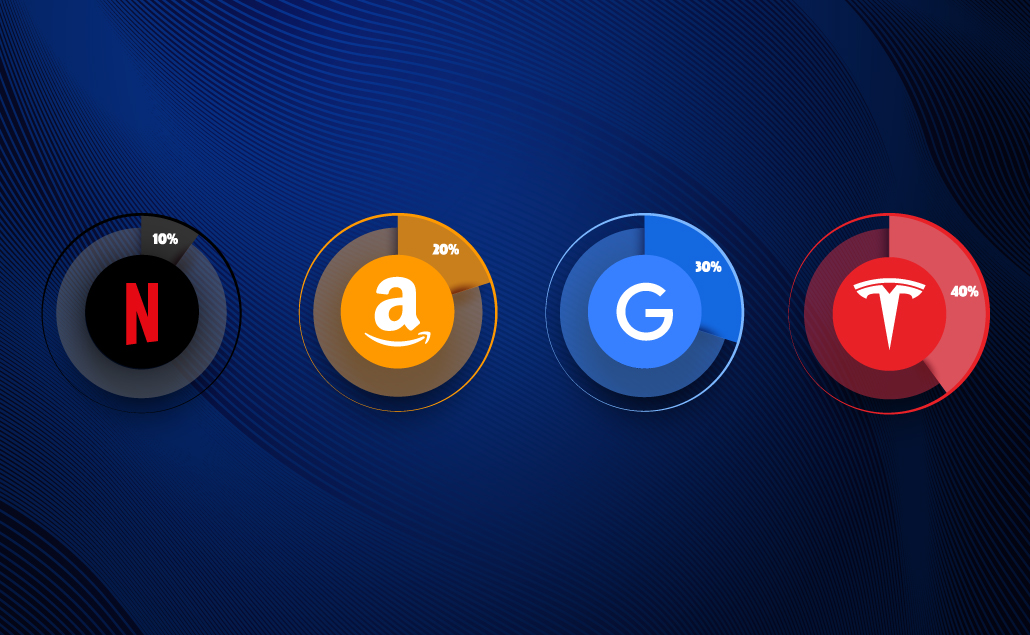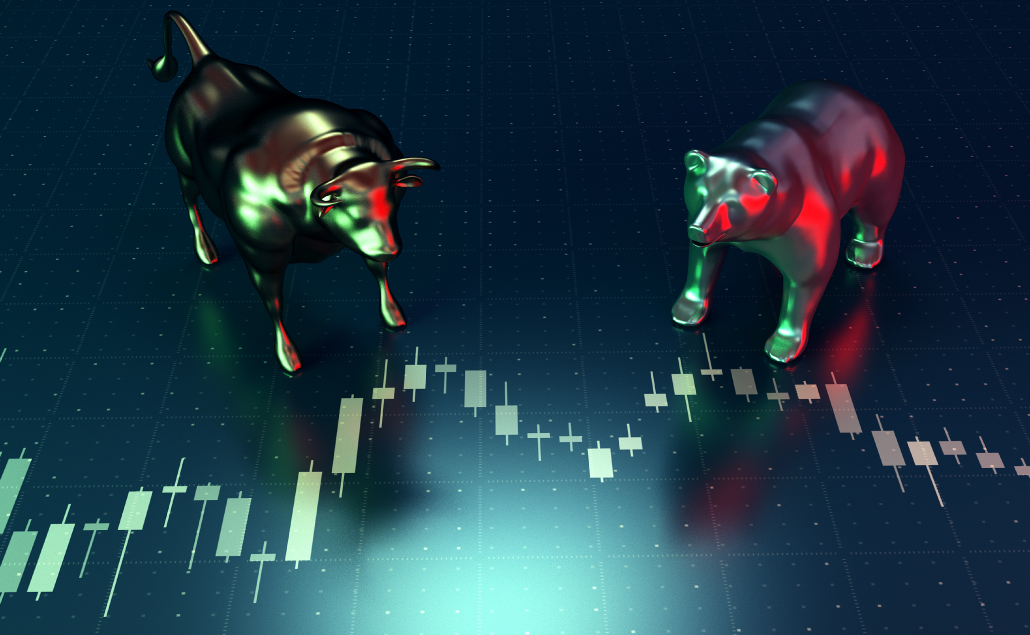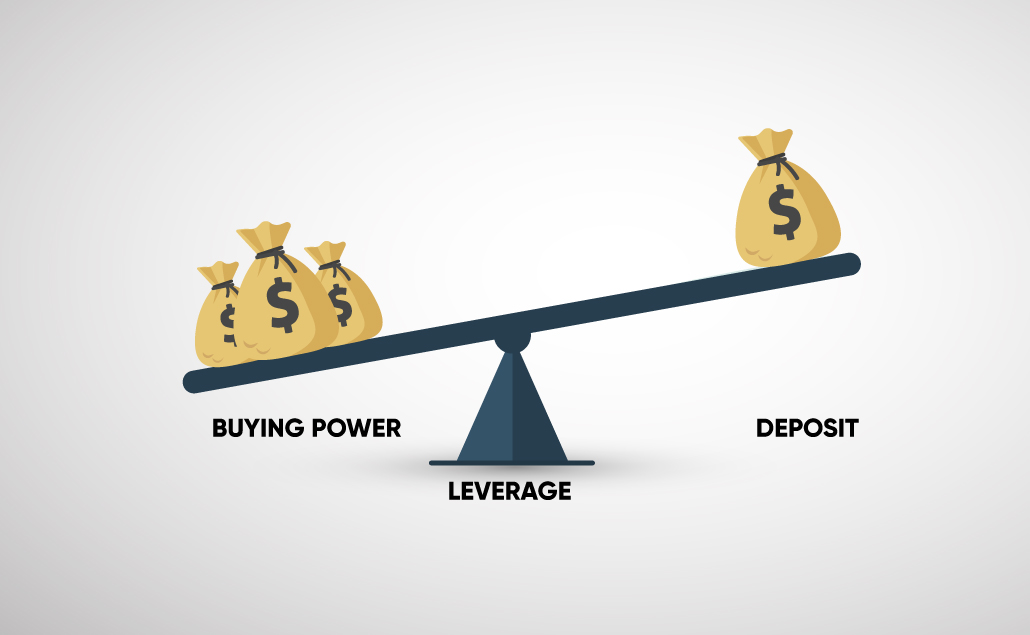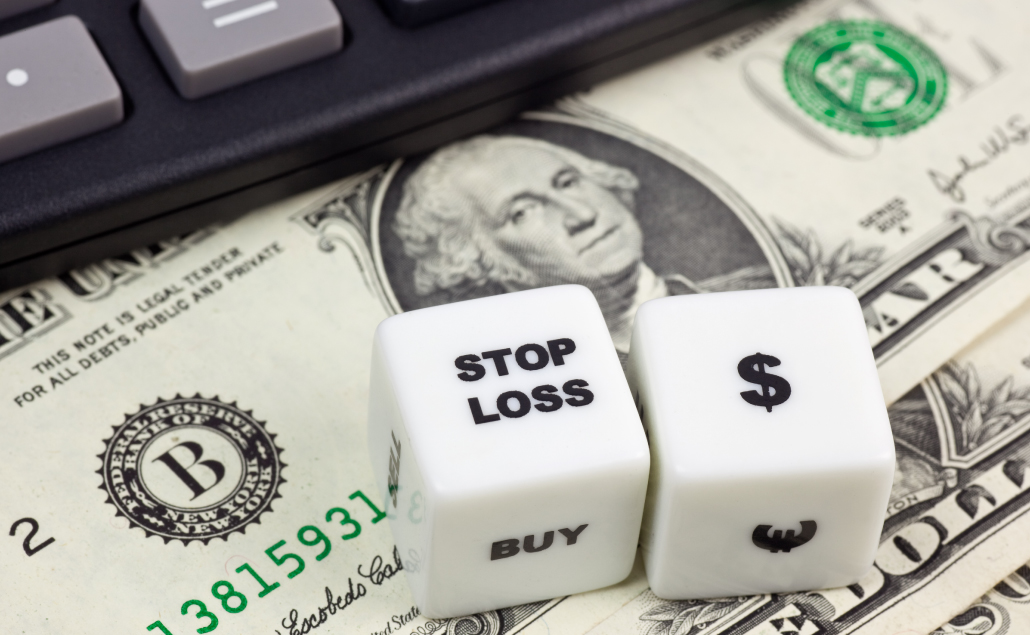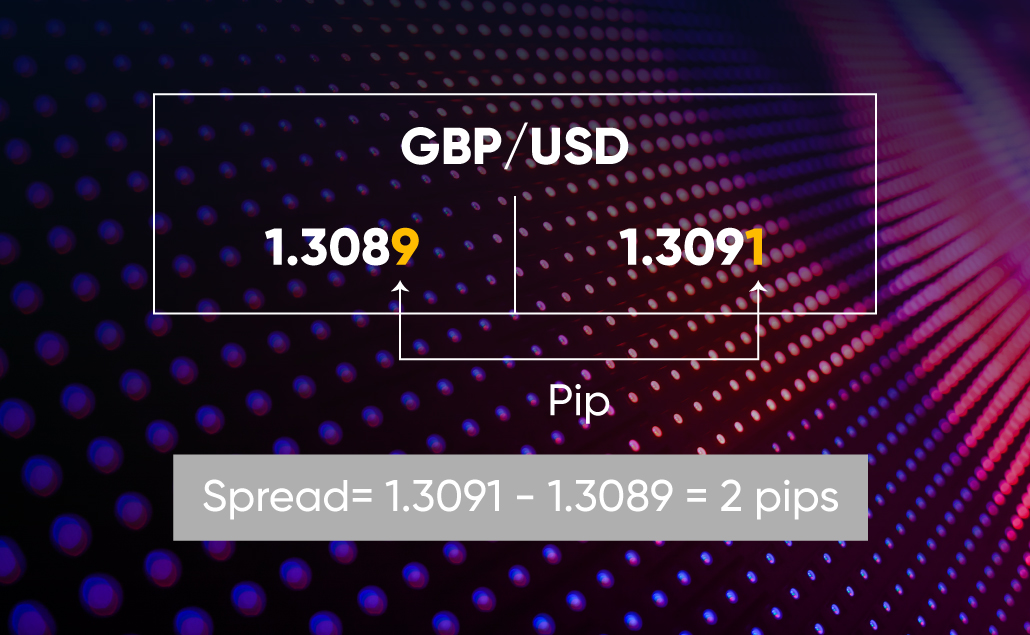Liquidity is the ability of an asset or security to be quickly converted into cash or cash equivalents without the asset or security losing too much market value. Liquidity is important for business and individual investors who, by their nature, need to sell investments and convert them to cash, often quickly. Liquidity is a key factor for businesses as it ensures that investments can be converted into cash quickly to pay for operating costs. Liquidity also allows businesses to take advantage of opportunities as they arise.
Liquidity also refers to the number of funds available in the market generally. The greater the available funds, the more liquidity there is. For example, during periods of high economic growth and low unemployment, there is typically greater liquidity in the market. Conversely, during times of recession and high unemployment, there is less liquidity in the market.
Why is Liquidity Important?
Liquidity is essential in the financial markets as it provides a more efficient market for investors to transact in, allows investors to take advantage of market opportunities, and provides access to capital for businesses. Without liquidity, the financial markets would be unable to function properly and investors would be unable to make profits or access capital.
Investors must understand the importance of liquidity in the financial markets and must be aware of the risks associated with low liquidity. Knowing the importance of liquidity and how it affects the financial markets is an important skill for any investor.
Keep learning more with Eurotrader
Click the link below to get acquainted with our fund manager features with advantages such as high-quality liquidity, smooth onboarding, and broad market access!
What are the Liquidity Types?
Liquidity may be classified into three distinct types: market liquidity, funding liquidity, and accounting liquidity.
Market liquidity, also known as asset liquidity, refers to the ability of a market to convert a financial asset or financial instrument into cash quickly and at a price that reflects the true market value. This is an important feature of markets because it allows investors to easily enter and exit the market without affecting the price of the instrument due to a lack of buyers or sellers.
Funding liquidity, also known as financial liquidity, refers to the ability of a company to meet its short-term liabilities, such as payroll and interest payments, while having enough assets to pay its long-term liabilities, such as bondholders. In other words, the amount of cash available to the business is measured by its level of funding liquidity.
Accounting liquidity, also known as operational liquidity, measures how quickly a company can convert its assets into cash. This is done by measuring the current ratio, which is the ratio of current assets to current liabilities. A higher current ratio indicates that the company can liquidate its assets more quickly to pay off its short-term debts. The higher the current ratio, the more liquid the company is considered to be.
What are the Examples of Liquidity?
One example of high liquidity in the financial markets is in the equities markets. Investors can buy and sell stocks rapidly on major exchanges, typically with tight bid-ask spreads. Financial institutions can also increase liquidity by providing their liquidity to the market.
Bonds are another example of a liquid asset. If governments and corporations can issue debt securities with relative ease and at a reasonable cost, it indicates high liquidity in the bond markets. Credit default swaps, which are financial derivatives linked to the debt of certain entities, are also liquid and can be used to hedge against or speculate on the performance of a particular bond.
Commodities such as gold, silver, and oil are also typically liquid. These commodities are traded on multiple exchanges and their prices are often quoted throughout the day.
How to Calculate Liquidity?
Calculating liquidity can be done through the quick and current ratio formulas. The quick ratio formula is calculated by taking total current assets minus inventory and dividing it by total current liabilities. The current ratio formula is calculated by taking total current assets divided by total current liabilities. Both formulas are used to determine a company’s liquidity in comparison to its current liabilities.
The quick ratio formula can be calculated by taking the company’s total current assets and subtracting its inventory from that total. The result of this equation is divided by the company’s total current liabilities. This formula can be expressed as:
(Total Current Assets – Inventory) / Total Current Liabilities
The current ratio formula is calculated by taking the company’s total current assets and dividing it by the company’s total current liabilities. This formula can be expressed as:
Total Current Assets / Total Current Liabilities
At Eurotrader, we’re passionate about helping our members become successful traders. We provide an array of resources and support that make trading easier and more profitable. With our guidance, you can increase your return on investment and optimize your trading strategies. Join the Eurotrader community and start trading today to take your financial goals to the next level.
Disclaimer
Eurotrader doesn’t represent that the material provided here is accurate, current, or complete, and therefore shouldn’t be relied upon as such. The information provided here, whether from a third party or not, isn’t to be considered as a recommendation; or an offer to buy or sell; or the solicitation of an offer to buy or sell any security, financial product, or instrument; or to participate in any particular trading strategy. We advise any readers of this content to seek their advice.

